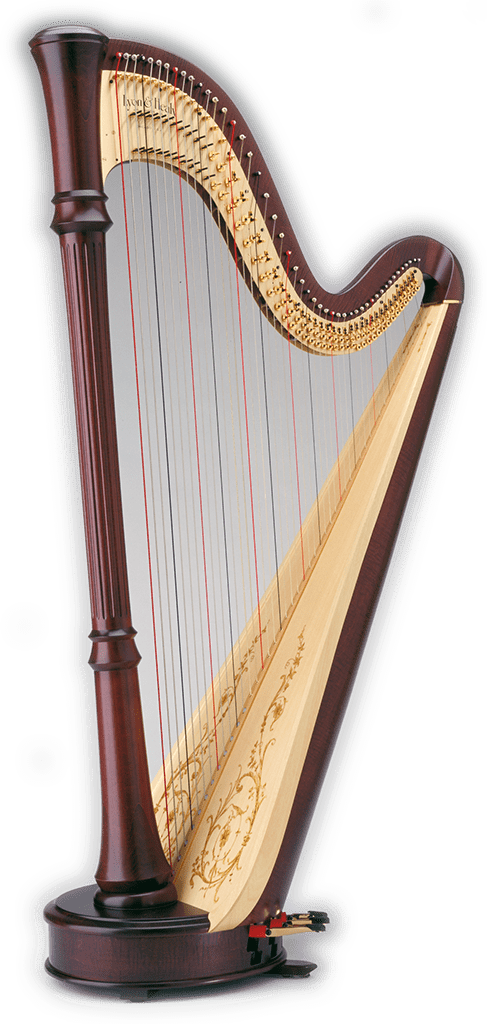Berlioz, Hector, Harold in Italy, Op. 16
The orchestral harp part for Hector Berlioz's Harold in Italien (Harold in Italy), described as a "Symphony in four parts with a viola-solo." The harp plays a very important role in this work, accompanying the viola during its solo moments. In fact, the harp is often placed out in front of the orchestra during performances of this work in order to be closer to the violist.
This works consists of four movements. The harp plays in the first three movements.
Harp part is 5 pages Movements
I Harold aux montagnes (Harold in the Mountains (Scenes of melancholy, happiness and joy))
II Marche des pélerins (Procession of pilgrims singing the evening hymn)
III Sérénade (Serenade of an Abruzzi-mountaineer to his sweet-heart)
IV Orgie de brigands (Orgy of Brigands) Berlioz wrote of this work:
"My intention was to write a series of orchestral scenes, in which the solo viola would be involved as a more or less active participant while retaining its own character. By placing it among the poetic memories formed from my wanderings in the Abruzzi, I wanted to make the viola a kind of melancholy dreamer in the manner of Byron's Childe-Harold. Hence the title of the symphony: Harold in Italy. As in the Fantastic Symphony, a principal theme (the viola's opening melody), is reproduced throughout the work. The difference is that whereas in the Fantastic Symphony the idée fixe keeps obtruding like an impassioned obsession on scenes that are alien to it and deflects their course, Harold's melody is superimposed on the other orchestral voices, and contrasts with them in tempo and character without interrupting their development."
|


